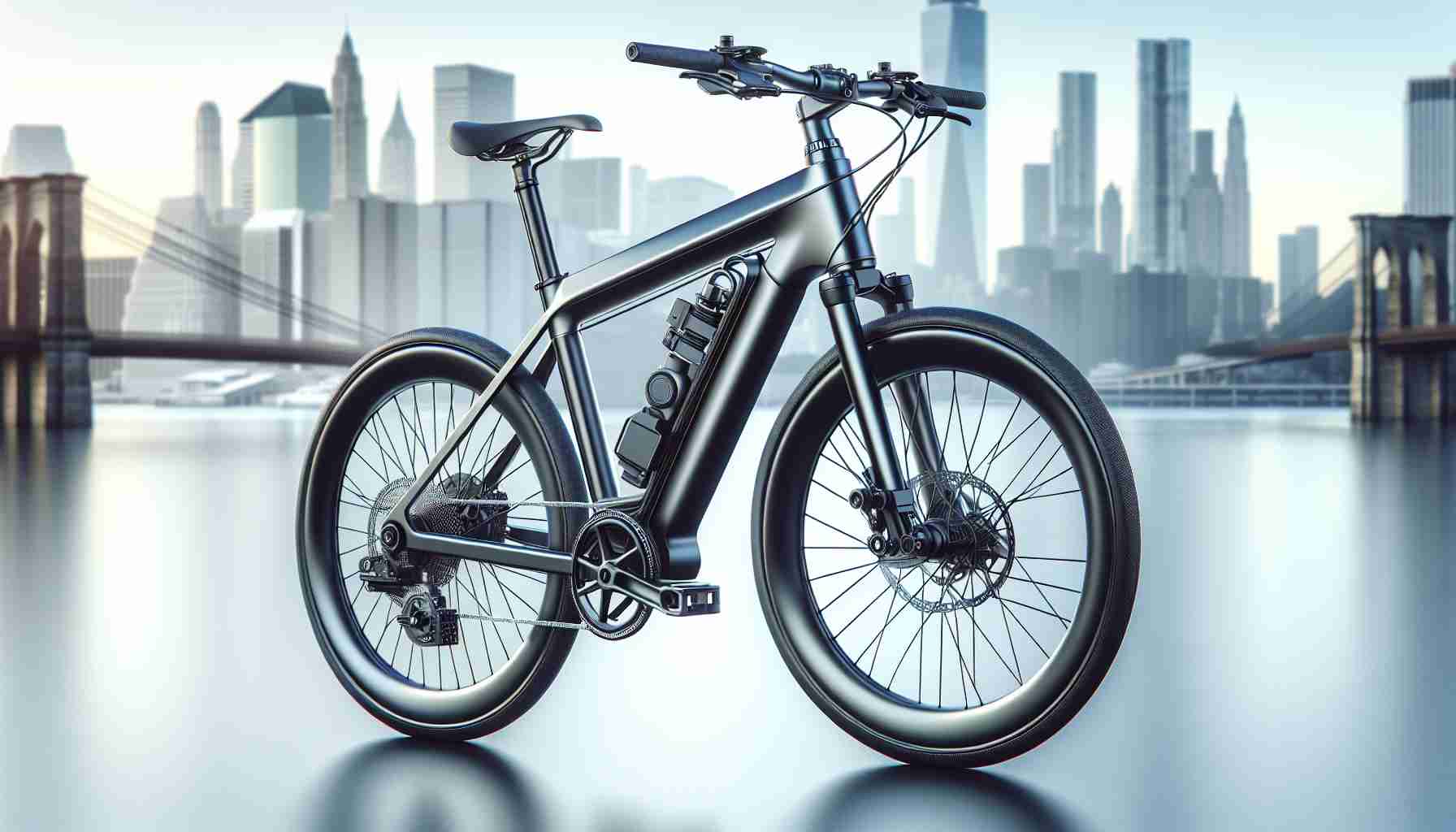The Unique Design
The urban commuter bike presented a sleek and modern design, deviating from the traditional bulky appearance of e-bikes. Its lightweight structure at only 11kg surprised many with its maneuverability and agility, resembling a regular road bike. The integration of the electric components was so seamless that it was challenging to distinguish them at first glance, leaving observers in awe of its sophisticated exterior.
Exceptional Features
Besides its aesthetics, the commuter bike boasted remarkable features that set it apart from its counterparts. The electric assistance subtly enhanced the rider’s cycling experience, providing a natural and gradual power boost. This alleviated concerns of sudden accelerations common in other e-bikes, ensuring a smooth and controlled ride. Riders also commended the seamless shifting of the Shimano 105 groupset, highlighting the bike’s overall performance and comfort.
Effortless Riding Experience
The blend of traditional cycling and electric assistance offered a unique riding experience, harmoniously blending physical effort with technological support. The efficient motor activation and long-lasting battery life allowed riders to tackle challenging terrains with ease, making it an ideal choice for urban commuting. Moreover, the convenient charging process simplified maintenance, eliminating the hassle of removing batteries for recharging.
User-Friendly Interface
However, the absence of a clear display indicating battery life and assistance levels posed a drawback for some riders. The linear navigation between assist levels and the reliance on a smartphone app for battery monitoring could be inconvenient during extended rides. While the bike excelled in performance and design, enhancing the user interface to provide intuitive feedback on battery usage would further elevate the overall biking experience.
Enhancing Urban Commuting with Innovative Features
As the urban commuter bike gains traction among city dwellers seeking a convenient and eco-friendly mode of transportation, additional features and aspects come into focus to further enrich the riding experience.
Exploring Unseen Advantages
One crucial aspect not previously highlighted is the bike’s connectivity capabilities. Some advanced urban commuter bikes come equipped with smart technology features, such as GPS tracking and anti-theft systems. These additions not only provide peace of mind to riders but also enhance the overall utility of the bike beyond just commuting.
Unveiling Key Challenges
When delving deeper into the world of urban commuter bikes, an essential question arises: How sustainable are the materials used in their production? With a growing emphasis on sustainability and environmental consciousness, ensuring that the bike components are sourced ethically and manufactured using eco-friendly practices is vital for the long-term viability of these innovative modes of transport.
The Controversy of Speed Limits
One controversial topic surrounding urban commuter bikes revolves around speed regulations. As these bikes combine human pedaling with electric assistance, determining appropriate speed limits and adherence to traffic laws becomes a point of discussion. Striking a balance between allowing efficient commuting and ensuring road safety remains a challenge for regulators and manufacturers alike.
Advantages and Disadvantages of Technological Integration
While the seamless integration of electric components enhances the overall riding experience, it also introduces a dependency on technology that can be a double-edged sword. The reliance on complex electric systems for assistance and navigation can lead to issues with maintenance and repair, potentially causing inconveniences for riders.
Embracing a Future of Sustainable Urban Mobility
Looking ahead, the evolution of urban commuter bikes towards increased sustainability, enhanced connectivity, and improved user experience holds great promise for reshaping urban transportation. By addressing the challenges and controversies surrounding these innovative bikes, manufacturers and riders can collaboratively pave the way for a more efficient and environmentally conscious commuting landscape.
Suggested Related Links:
Cycling News
Bicycling
